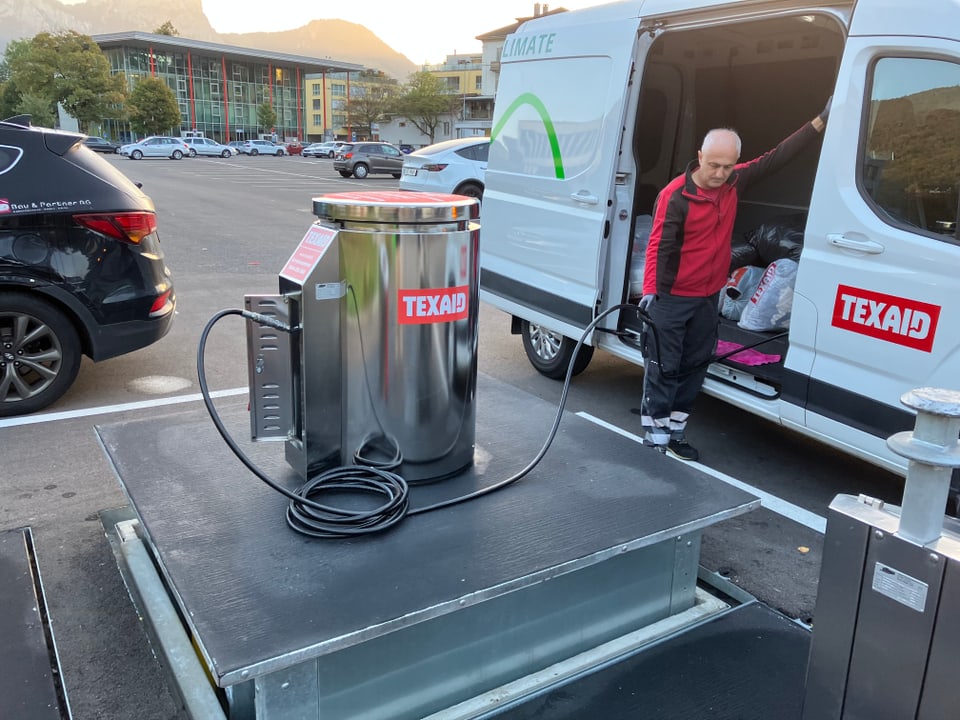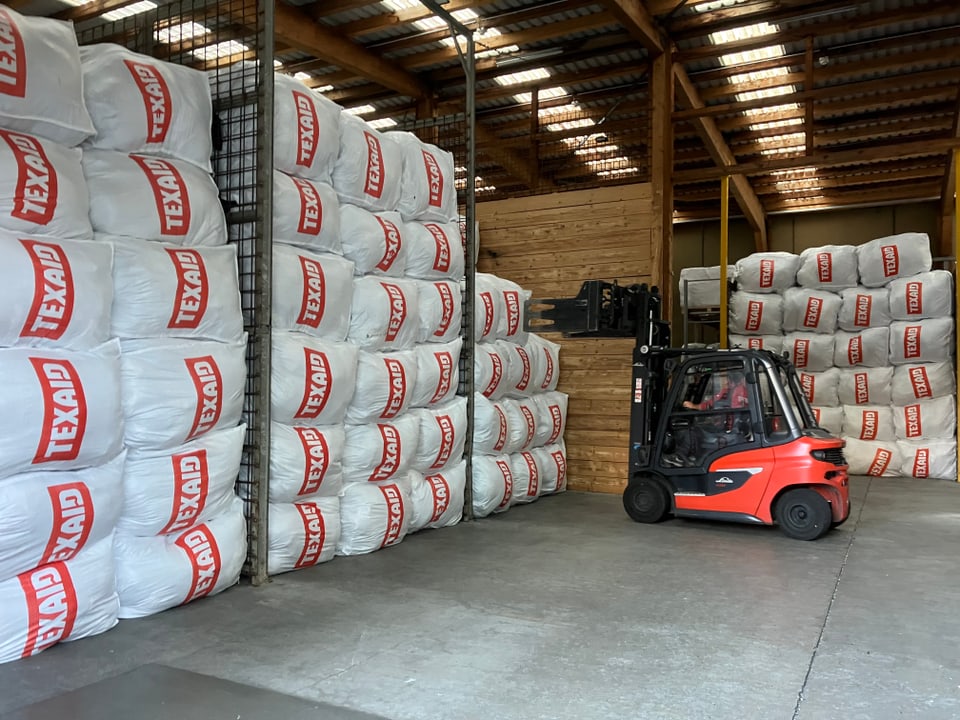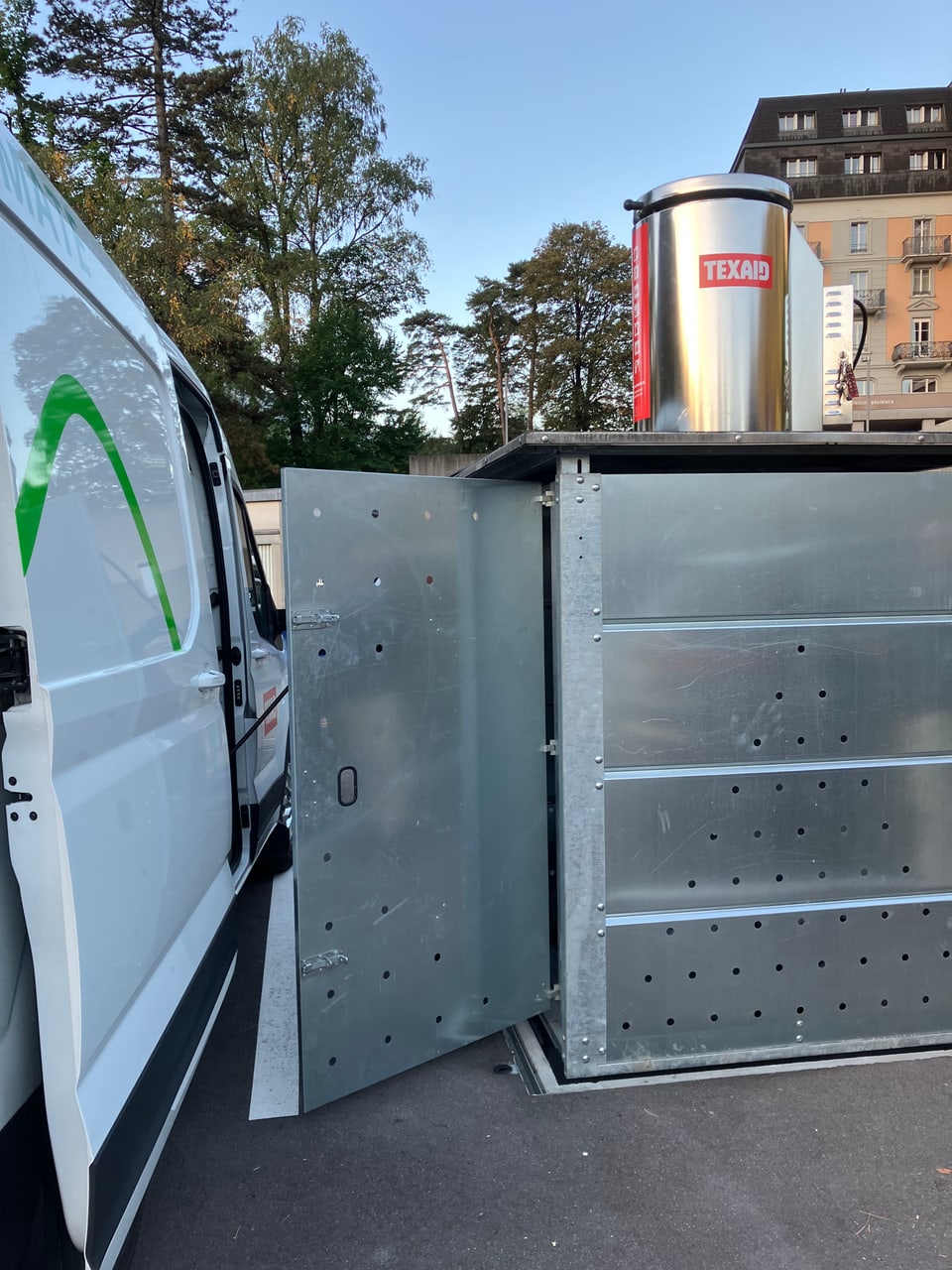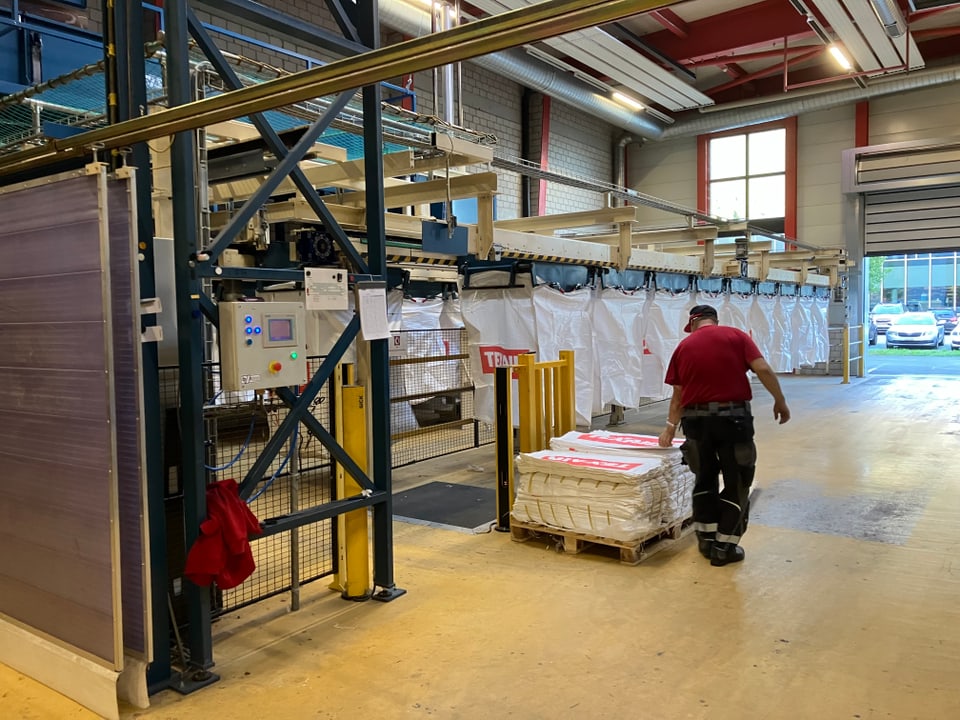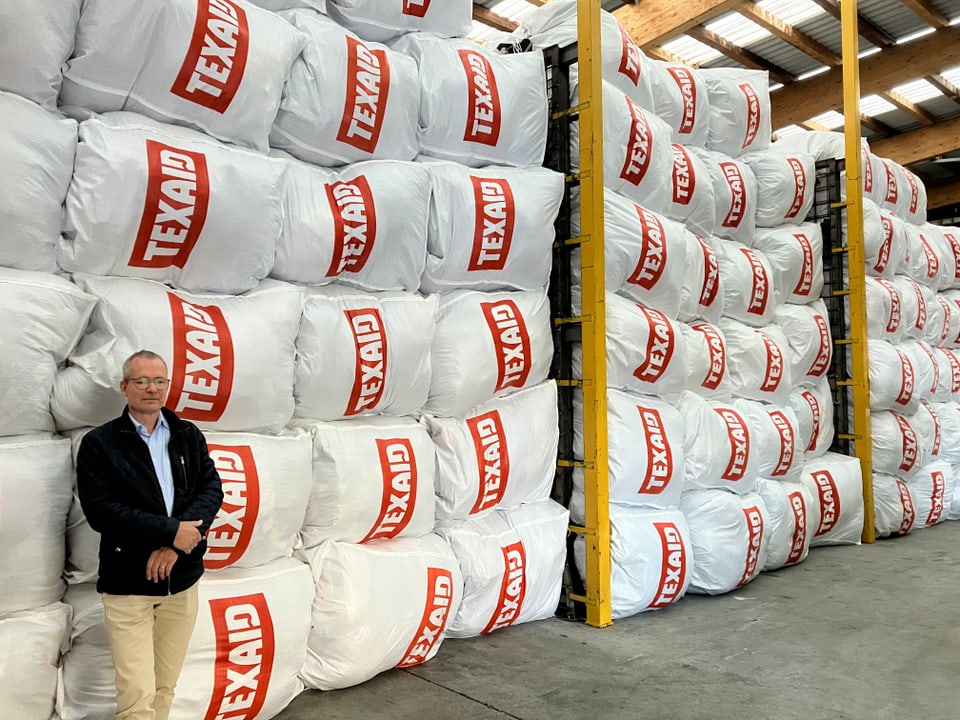Contents
What doesn’t belong in the collection bags, where do our old clothes go and where is textile recycling?
Early in the morning in a parking lot in Brunnen (SZ) on Lake Lucerne: a driver from Texaid is emptying the collection container in the modern underground system. At the push of a button, he removes the container from the ground, lifts the 20 clothing collection bags into his van and drives on to the next collection point.
Texaid operates over 6,000 collection points across the country. And it is the largest, but not the only, company or organization that has taken on the collection and recycling of old clothing. All in all, around 60,000 tons of used textiles are collected in Switzerland every year.
Not allowed: stuffed toys with electronics and broken outdoor clothing
You often find things in the containers and clothes bags that definitely don’t belong there, says Texaid managing director Philipp Stoller in the SRF consumer magazine “Espresso”: “Electronic waste, glass or leftover food.” Toys and stuffed animals with electronics also didn’t belong in the old clothing collection, sofa cushions or broken Gore-Tex outdoor goods. If the latter are still portable, that’s okay, says Stoller. Likewise sleeping pillows or normal stuffed animals. Defective clothes without Gore Text layers are not a problem for recycling.
The Texaid boss can also remember exotic surprises in the clothing collection, a turtle, for example. Once a live python even appeared in a garment bag – the snake was handed over to an animal shelter.
Transport to Hungary and Bulgaria: Is it still sustainable?
The collected clothes go into an international sorting and distribution network. Texaid operates a sorting plant in Switzerland at its headquarters in Schattdorf (UR) and two others in Hungary and Bulgaria. We also work with other partners in other countries. So thousands of tons of old clothes are transported thousands of kilometers by truck – is that still sustainable?
The long transport routes are indeed an issue, says Texaid boss Philipp Stoller, but ultimately the whole thing is also a question of costs and capacity domestically. Sorting these huge masses of clothing abroad is more economical than it would be here, and last but not least, there are simply not enough sorting plants in Switzerland to handle this mass. In addition, the second-hand goods are shipped internationally anyway, to countries where they are needed, explains Stoller.
But they are trying to make logistics more and more ecological. For example, the vehicle fleet in Switzerland is gradually being converted to electric drive.
Overall balance is still much better than cheap t-shirts from Asia
The Texaid boss explains that a few years ago experts had a life cycle assessment drawn up. Their conclusion, according to Stoller: “The ecological benefit for the environment is still much higher than if you produced a new T-shirt – despite these distances.”
